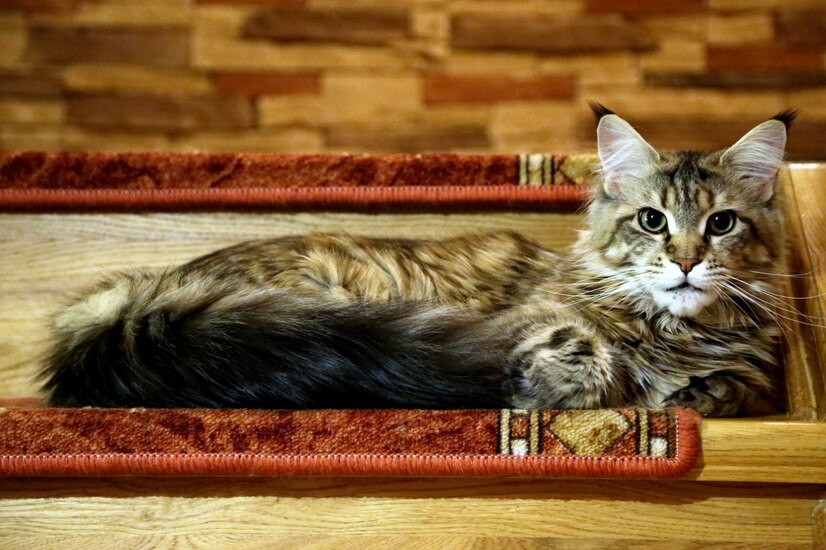Cats with their endearing personalities and playful antics hold a special place in the hearts of pet owners worldwide. Yet, amidst the joy they bring, questions often arise about their growth and development. Understanding the timeline of a Growth Patterns of Cats journey is not only fascinating but also essential for providing optimal care and nurturing their well-being. In this comprehensive exploration, we delve into the intricacies of feline growth, shedding light on the age at which cats stop growing and the factors that influence this process.
The Growth Process Unveiled
Cats, like humans and other animals, undergo a remarkable journey of growth and development from infancy to adulthood. While the general consensus suggests that most cats reach full maturity between 1 ½ to 2 years of age, the specifics can vary significantly depending on factors such as breed, genetics, and individual health.
Understanding Feline Development Stages
Kittenhood: The Formative Years of Growth and Exploration
Adolescence: Navigating the Teenage Phase of Feline Development
Adulthood: The Prime Years of Maturity and Stability
Factors Influencing Growth Rate
Breed Variability: Exploring the Diversity in Feline Genetics
Nutritional Considerations: The Role of Diet in Supporting Healthy Growth
Environmental Factors: How Surroundings Impact Feline Development
Breaking Down Breed-Specific Growth Patterns
Maine Coon: The Gentle Giants with a Prolonged Growth Timeline
Persian Cat: Delicate Beauties with a Graceful Evolution
Bengal Cat: Energetic Spirits with a Rapid Growth Trajectory
Signs of Maturity in Cats
Physical Markers: Changes in Size, Weight, and Body Proportions
Behavioral Cues: Shifts in Temperament, Activity Levels, and Social Interactions
Reproductive Development: Understanding the Onset of Sexual Maturity
Exploring Breed-Specific Growth Patterns
While the general timeline for reaching maturity may apply to most cats, it’s essential to recognize the nuances of breed-specific growth patterns. Certain breeds, such as the Maine Coon, exhibit a prolonged growth timeline, with individuals taking up to 4 years to reach their full size and maturity. This slow and steady progression is characteristic of breeds known for their large stature and majestic presence.
On the other end of the spectrum, breeds like the Bengal cat showcase a more rapid growth trajectory, reaching maturity at a relatively young age. These energetic and agile felines undergo a swift evolution from playful kittens to sleek, athletic adults, reflecting the unique characteristics of their breed.
Navigating the Journey to Maturity
As caretakers of our feline companions, it’s essential to navigate their growth journey with care and attention to their evolving needs. Providing a balanced diet rich in essential nutrients, creating a stimulating environment for exploration and play, and scheduling regular veterinary check-ups are all vital components of ensuring their healthy development.
Conclusion
The journey to maturity for cats is a multifaceted and dynamic process influenced by a myriad of factors. While most cats reach full maturity between 1 ½ to 2 years of age, breed-specific variations and individual differences can impact the timeline significantly. By understanding the nuances of feline growth patterns and providing attentive care and support, we can ensure that our beloved feline friends thrive throughout every stage of their development.







